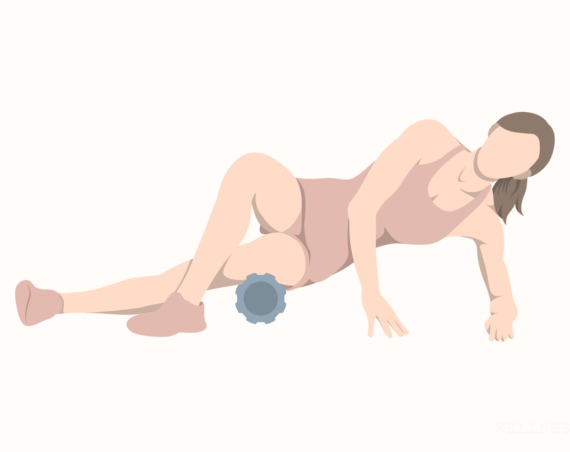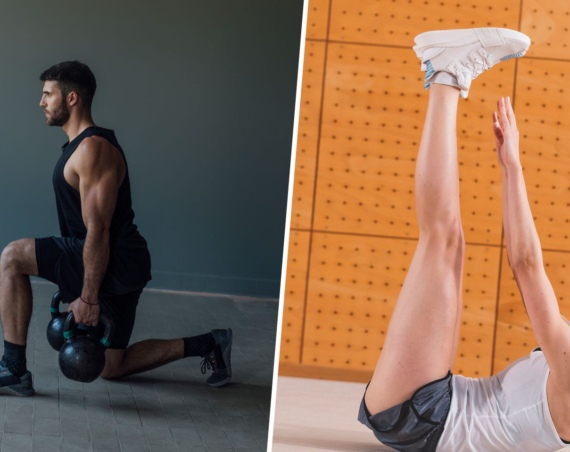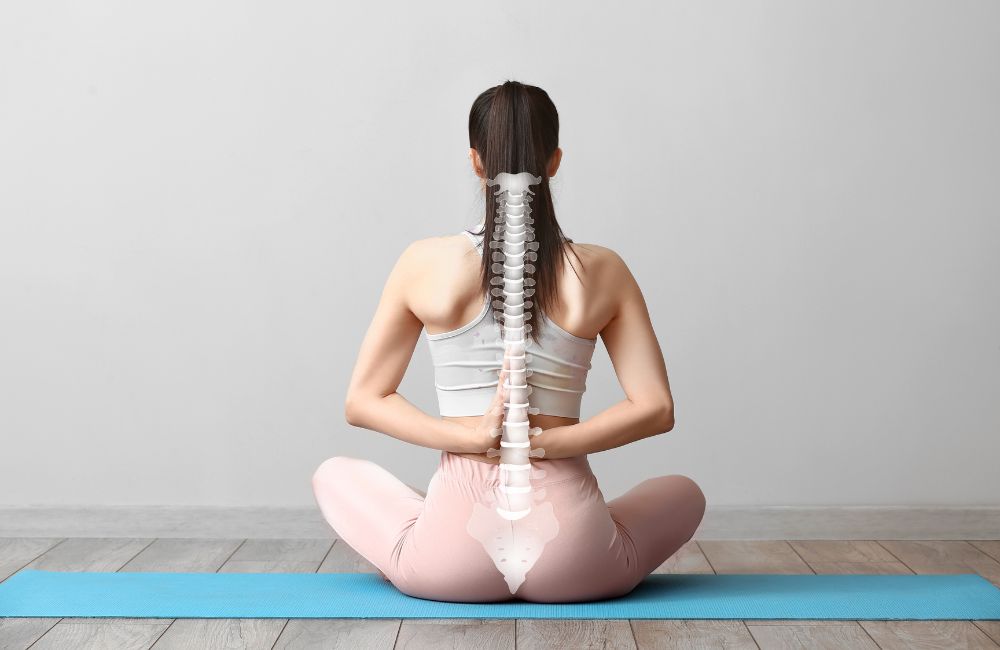
Improve your posture as you age by doing these deep spinal stabilizer exercises daily.
If you’re like most people, you probably struggle to maintain your posture throughout the day. After all, sitting in one position for many hours on end is tiring, as crazy as that sounds!
Luckily, by keeping your spine strong and mobile, you can overcome many posture-related issues. Specifically, you should target a few key muscles in your back, one of them being the erector spinae group.
This bundle of muscles is made up of three individual muscles. Namely, the iliocostalis, spinalis, and longissimus. However, many clinicians will simply refer to this group of muscles as the erector spinae.
In this article, we will discuss the importance of keeping the erector spinae strong and outline 5 of the best exercises for keeping this muscle group in tip-top shape.
You’ll also like:
- Want to Age Well? Bulletproof Your Hips By Doing These Stretches Every Day
- 11 Stretches To Relieve Neck and Shoulder Tension
The Erector Spinae Group
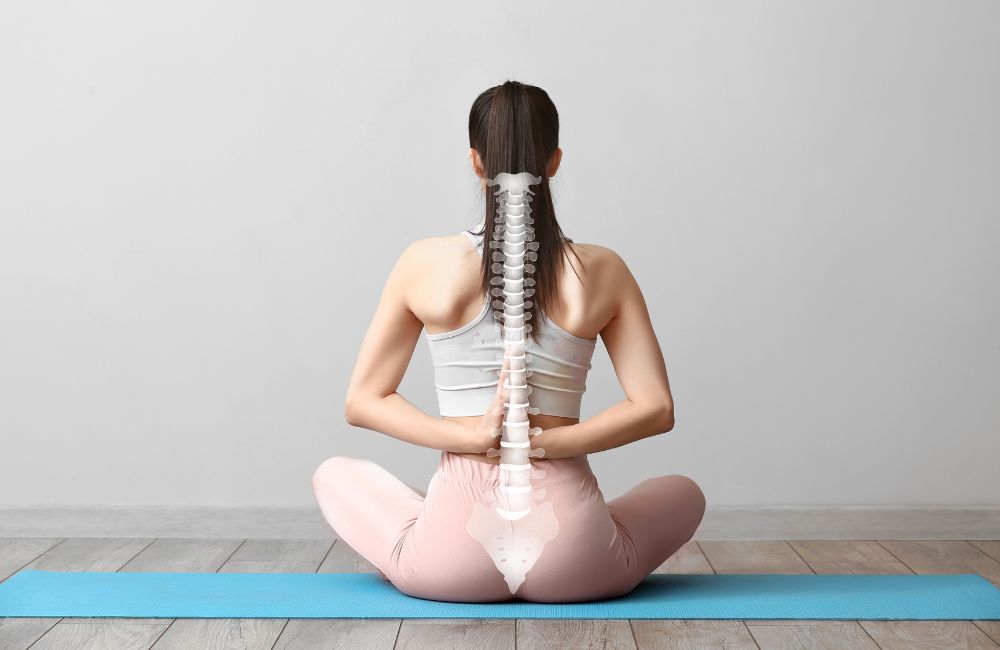
Within the body, we can find many different muscles with various structures and functions.
For instance, some muscles work locally, performing only one or two functions at a single joint. Other muscles work more globally, performing multiple functions across 2 or more joints.
The erector spine group is the latter. This muscle bundle runs the length of the spine, allowing movement across all vertebrae.
Therefore, we need to do everything we can to keep this muscle in good shape.
Top 5 Exercises for Improving Posture and Erector Spinae Strength
The following exercises should be performed at least once a week and as many as 4 times a week. Within each of the exercise descriptions, I’ll provide the specific parameters for each movement.
Now, without further preamble, let’s review the top 5 exercises for improving your posture!
1. Bird Dogs
This exercise is particularly effective for postural issues, as it works the erector spinae, the multifidi, and many other core muscles. Be sure to pad up your knees if you have hard floors!
How to Perform:
- Start on your hands and knees, with your knees below your hips and your hands below your shoulders.
- Reach your right arm forward, over your head as you simultaneously kick your left leg behind you.
- At this point, you should be able to draw a straight line from your right fingertips to your left toes.
- Hold this position for 3 seconds, then return to the starting position.
- Complete 3 sets of 10 reps on each side per session.
2. Modified Swimmers
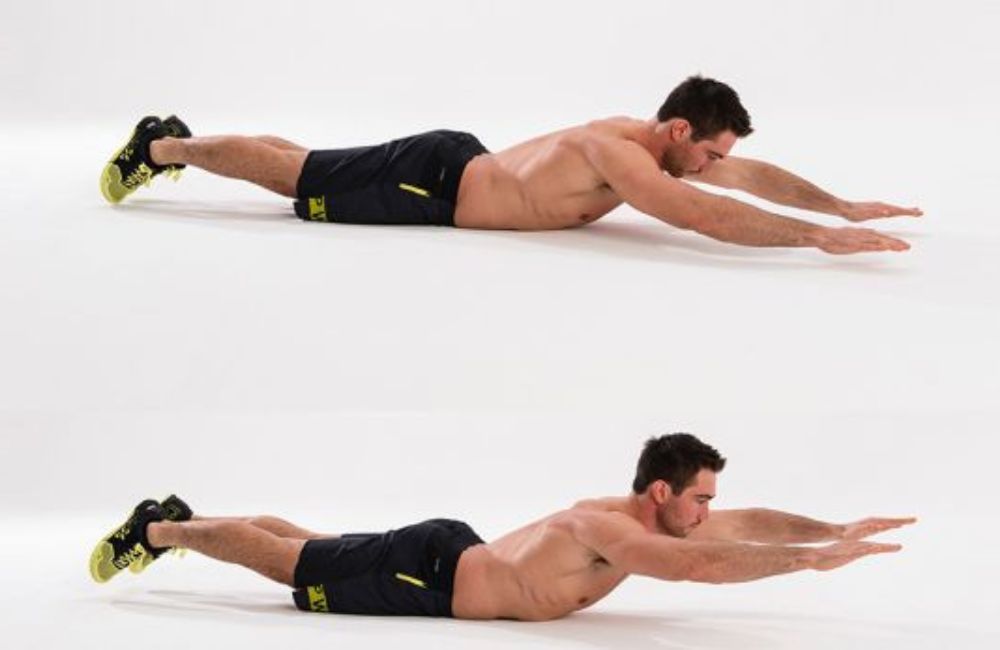
Sometimes referred to as “supermans” modified swimmers are a great way to practice extension-based movements in a safe position.
If you have any pain in your back with this movement, feel free to pad up your hips and stomach with pillows. This will serve to decrease the angle of extension and the stress on your spine.
How to Perform:
- Lie flat on your stomach.
- Lift both of your hands and both of your feet off of the ground while extending your spine.
- Hold this position for 10 seconds.
- Complete 3 sets of 10 reps per session.
3. Modified Good Mornings
Good mornings are an effective exercise for strengthening the glutes, hamstrings, low back, and many other muscles of the body. This modified version allows the exerciser to remain in a seated position.
How to Perform:
- Sit on a firm, stable surface.
- Place your hands behind your head, interlocking your fingers.
- Keeping your back straight, bend forward at the waist as far as you can.
- Then, slowly extend back into the starting position.
- Complete 3 sets of 10 reps per session.
4. Child’s Pose
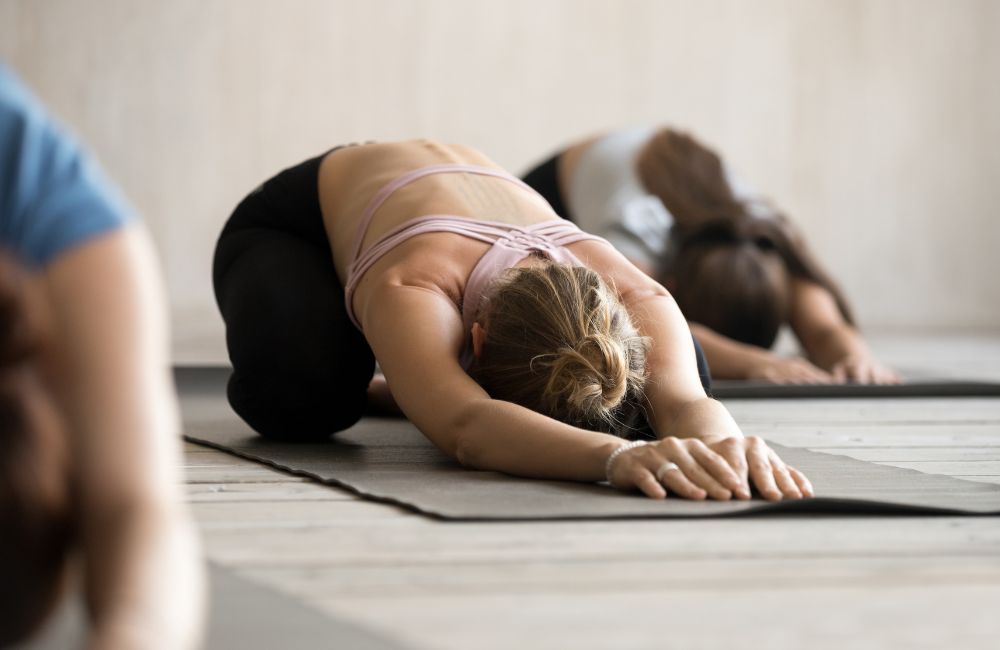
The child’s pose is one of the quintessential yoga poses. This movement is relaxing, meditative, and a good exercise for encouraging the spinal range of motion.
How to Perform:
- Start on your hands and knees, with your knees below your hips, and your hands beneath your shoulders.
- Next, crawl your hands forward as you simultaneously sit backward, placing your buttocks on your ankles.
- Hold this position for 30 seconds, repeating at least 4 times per session.
5. Modified Child’s Pose
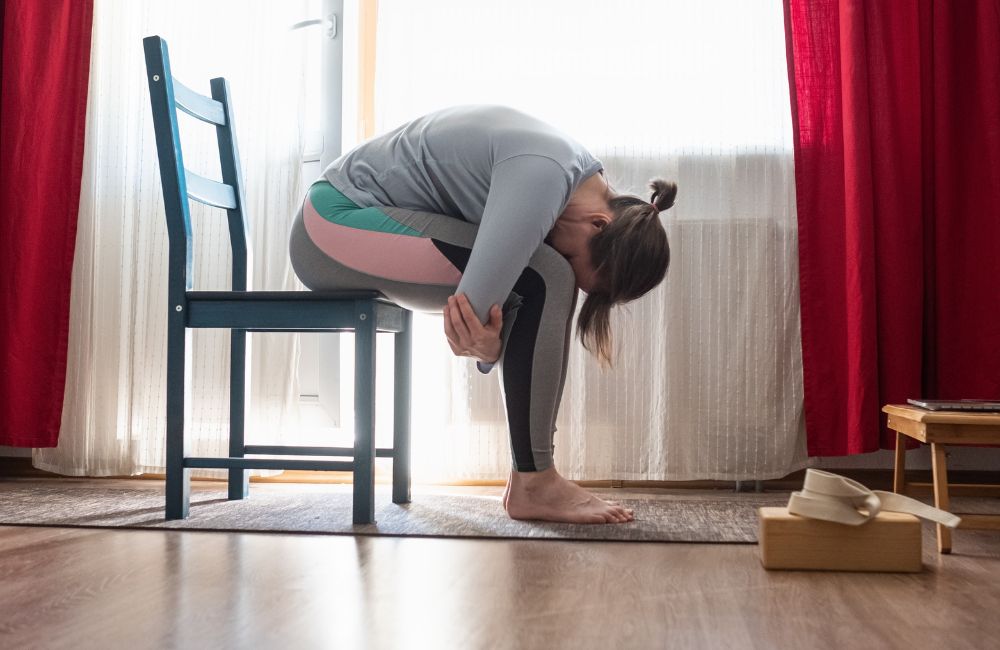
This modification is for you if you have trouble getting down on the floor. This exercise is similar to the modified good morning, described earlier. However, the modified child’s pose encourages flexibility rather than strengthening.
How to Perform:
- Sit in a firm chair.
- Next, place your hands on a table in front of you.
- Begin to slowly crawl your hands forward, until you feel a light stretch in your back.
- Hold this position for 30 seconds and repeat it 4 times per session.
Conclusion
The erector spinae muscle group is important for posture and stability. For this reason, you should take steps to keep this structure as strong and stable as possible.
Try this routine out today and see what you think!
Works Cited
- Fahmy, E., Shaker, H., Ragab, W. et al. Efficacy of spinal extension exercise program versus muscle energy technique in treatment of chronic mechanical low back pain. Egypt J Neurol Psychiatry Neurosurg 55, 77 (2019). https://doi.org/10.1186/s41983-019-0124-5
- Beazell, J. R., Mullins, M., & Grindstaff, T. L. (2010). Lumbar instability: an evolving and challenging concept. The Journal of manual & manipulative therapy, 18(1), 9–14. https://doi.org/10.1179/106698110X12595770849443

